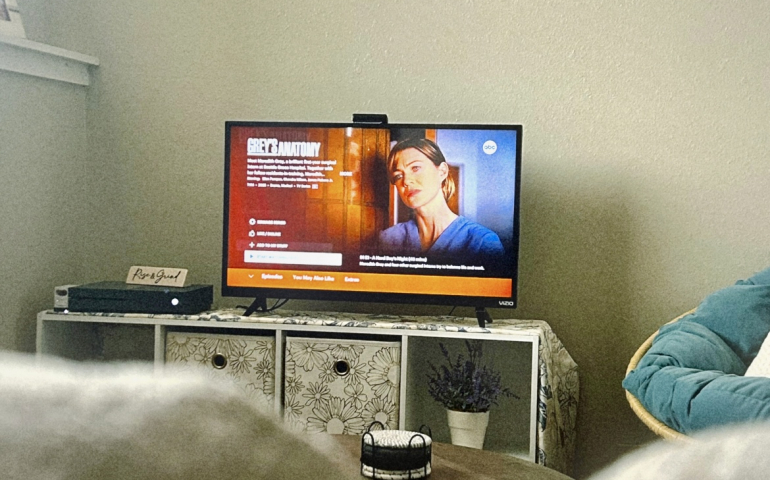We are living in an era of television where the plots are thrilling, the characters are captivating, and the visuals are awe-inspiring. However, what goes unnoticed in these binge-worthy TV series are the scientific inaccuracies that are included in our favorite shows. Television often bends reality to fit the narrative they are trying to portray through their production. This article will dive into some glaring scientific misconceptions perpetuated in popular TV shows, examining how fiction can divert from fact. Regardless of these inaccuracies, we are reminded that there is a balance between creativity and scientific truth.
Notable examples of scientific inaccuracies in modern TV shows across different genres include crime dramas such as CSI, NCIS, and Criminal Minds. In these shows, the characters get DNA results immediately. In reality, the results of DNA analysis could take days, weeks, or even months to process. Often, these shows depict results being available within hours, creating an unrealistic expectation for crime-solving efficiency. The same is true with fingerprint analysis, with results taking days to process. Analysis like this can not come about so quickly and often involves manual comparison by experts with no guarantees of a match. These examples show how crime drama is dramatized and simplified for the viewing to be a more exciting experience, but this means bending the truth about real-world criminal investigations.
Another example of scientific inaccuracies comes from the genre of medical dramas, such as Grey’s Anatomy, Private Practice, and General Hospital. The first example is the use or misuse of defibrillators. In the shows, they often depict doctors using defibrillators to “shock” a flatlining patient, but in reality, defibrillators are used for certain types of irregular heartbeats and not flatlining. Another common example is their miraculous diagnoses and treatments. There are always complex cases that are a large part of the drama, but these cases are often solved quickly with a miracle cure or diagnosis, oversimplifying the complex nature of real medical diagnosis and treatment processes. These dramatizations are for the benefit of the show but are detrimental to the public’s perception of medical procedures, recovery time, and patient care.
While scientific inaccuracies in TV shows are often used to enhance storytelling, and drama, and create exciting visuals, they can distort the public’s understanding of science. By understanding where shows are bending the laws of science, viewers can better appreciate the imagination behind these creative concepts, while also being able to distinguish fact from fiction. This balance between creativity and accuracy allows TV shows to captivate the imagination of the viewers while also having the freedom to explore beyond the boundaries of science to achieve the vision they want.
Photo by: Kimalee Cook
